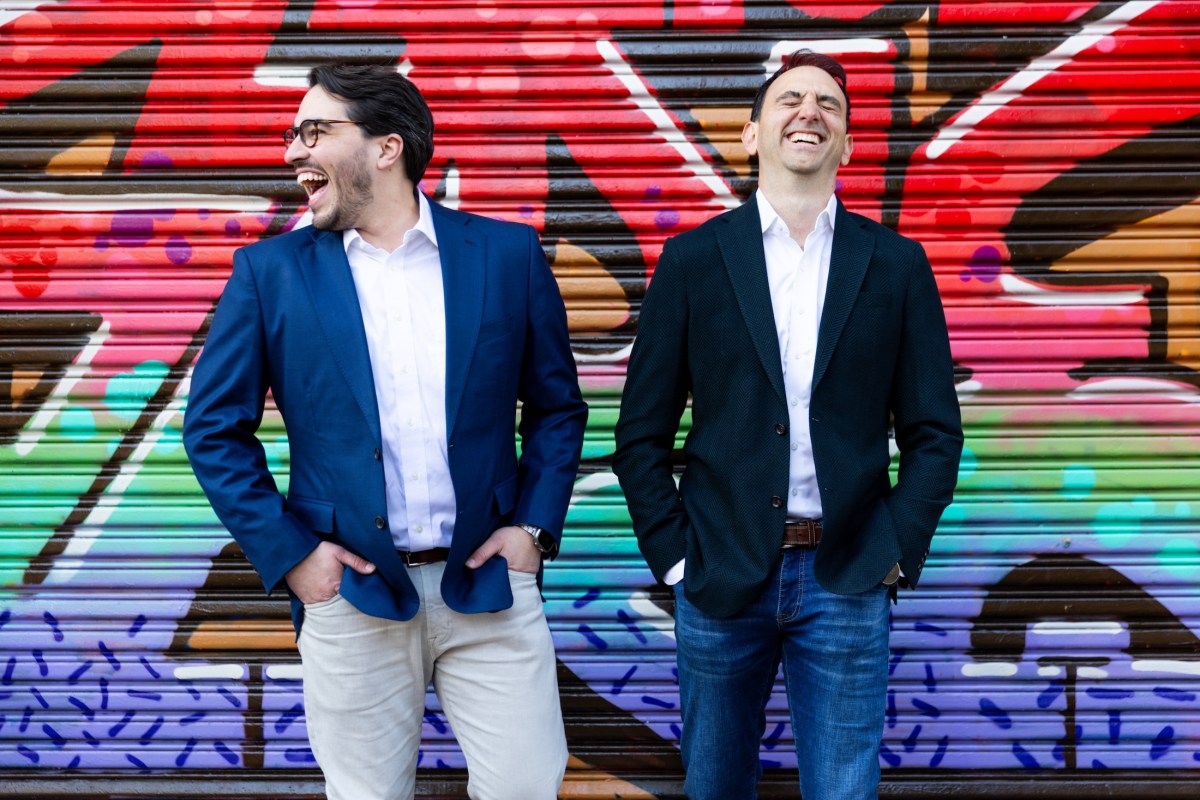Introduction to Cybercab and Regulatory Framework
Anyone who attended the VivaTech tech fair in Paris, France, on Thursday caught a glimpse of Tesla’s highly anticipated Cybercab, a two-seater robotaxi that will not feature a steering wheel or pedals. However, it remains uncertain whether Cybercabs will ever hit the roads, as Elon Musk’s company is still in the process of developing them. The Trump administration announced on Friday its intention to simplify the approval process, as any vehicle lacking a steering wheel requires a special exemption that can take years to obtain.
Streamlining Approvals for Automated Driving Systems
The National Highway Traffic Safety Administration (NHTSA) released a letter on Friday stating its intention to "prioritize safety" and "unleash innovation" by streamlining approvals for exemptions to basic safety standards for automated driving systems. According to the letter, "To facilitate automated driving systems (ADS) technology reaching its full potential to transform roadway safety, NHTSA is streamlining its exemption process for commercial deployment of vehicles and adopting a dynamic and flexible approach to evaluating these exemptions."
Prioritizing Safety and Innovation
The letter further emphasizes that "these improvements will allow NHTSA to process ADS and other exemptions more quickly while also allowing NHTSA to prioritize safety through a tailored and progressive operational oversight approach." Federal safety standards currently require vehicles driving on U.S. roads to feature basic components, such as steering wheels and pedals, to ensure human control in case of an emergency. However, the new letter from NHTSA notes that approvals for these types of vehicles can result in "long processing times," and the agency aims to "ensure that exemptions remain effective tools for nurturing groundbreaking safety technologies."
Cybercab Development and Launch
The Cybercab is still in development, with Elon Musk promising its availability in 2-3 years during the announcement event in October 2024. Meanwhile, Musk plans to launch a different robotaxi service in Austin later this month, although the final date remains uncertain. There were rumors of a launch on Thursday, but it is now expected to occur later in the month, according to Musk. On June 10, Musk tweeted, "Tentatively, June 22. We are being super paranoid about safety, so the date could shift. First Tesla that drives itself from factory end of line all the way to a customer house is June 28."
Robotaxi Service in Austin
Unlike the Cybercab, Musk’s new robotaxi service in Austin will utilize regular Tesla Model Y vehicles that are available for purchase. However, it is unclear how much remote control will be used by operators at a distance. If past experiences are any indication, there may be significant teleoperation involved, similar to Musk’s public demonstrations for his Optimus robots.
Regulatory Approvals and Politics
As Bloomberg notes, Musk contributed over $250 million to support Trump’s election, and streamlining regulatory approvals for his companies was considered a top priority. However, Musk still needs to deliver the product. Several articles have suggested that Cybercab production will commence in late 2026, but Musk has a history of missing deadlines or failing to deliver products entirely. If the billionaire is able to produce the Cybercab, regulatory approvals will likely be much easier to obtain, provided Musk remains in Trump’s good graces. Despite recent accusations, it appears that their relationship remains intact, at least for now.
Source Link





